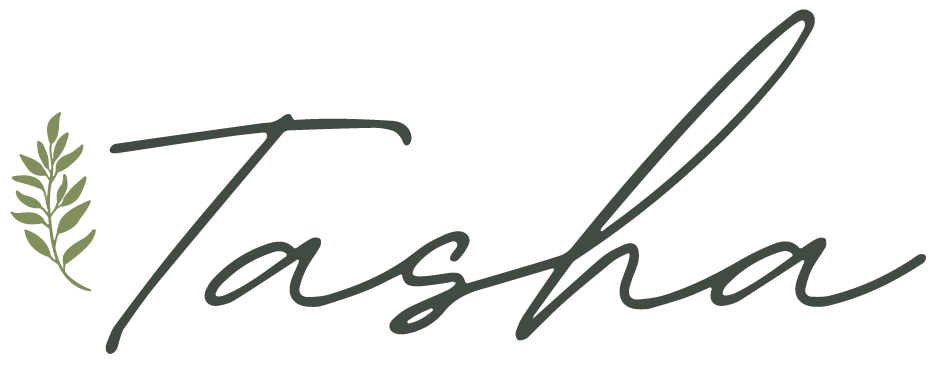Growing a Native Flower Perennial Garden: Embracing Nature’s Beauty and Benefits
Check out my Garden E-Book!
Did you know I wrote an e-book? It’s perfect for beginner gardeners in their first 3 years of gardening. Check it out and purchase my e-book here!
Gardening with native plants is rewarding on so many levels. They bring numerous benefits to both the gardener and the environment. Native perennial flowers are not only beautiful and hardy, but they also support local ecosystems by providing habitat and food for wildlife. We even had bunnies born in our native flower garden this year. Today I wanted to share what we planted in our native flower bed that borders the vegetable garden — bringing in those pollinators is so important! A huge thank you to Satinflower Nursery for all their advice on what to plant in our native flower bed.
Canada Goldenrod (Solidago lepida)
Goldenrod is a bright, tall and cheerful addition to any garden. With its tall, arching stems topped with clusters of tiny yellow flowers, it adds a splash of sunshine from mid summer to fall landscapes. Goldenrod attracts a variety of pollinators, including bees and butterflies, making it a vital plant for supporting local biodiversity. Additionally, it is quite drought-tolerant making it a low-maintenance choice. It’s quite vigorous, planting in a contained area may be preferred.
Yarrow (Achillea millefolium)
Yarrow is a versatile perennial known for its feathery foliage and clusters of small, flat-topped flowers. A true native yarrow to the PNW is white. This hardy plant blooms from late spring to early fall and is incredibly easy to grow. Yarrow’s aromatic leaves are often used in herbal remedies due to their medicinal properties. In the garden, Yarrow is a valuable plant for attracting beneficial insects, such as ladybugs and lacewings, which can help control pests. It also provides nectar for butterflies and other pollinators. Yarrow is mostly sun-loving, but can tolerate some shade, some trampling, and is deer-resistant. It’s a beautiful flower to dry as well.
Pearly Everlasting (Anaphalis margaritacea)
Pearly Everlasting is a unique and attractive perennial with silvery foliage and clusters of small, white, papery flowers that resemble pearls. Blooming from mid-summer to fall, this plant is not only beautiful but also drought-tolerant and deer-resistant. Its flowers can be dried and used in arrangements, adding a lasting touch of natural beauty to your home. Plant in well-drained soils, even gravel, in full sun to part shade.
Coast Mugwort (Artemisia suksdorfii)
Coast Mugwort is a perennial herb that thrives in coastal areas and sandy soils. It features silvery-gray foliage and small, inconspicuous flowers. While not as showy as some other garden plants, Coast Mugwort is valued for its sage like aromatic leaves. This plant is also a magnet for beneficial insects, including predatory wasps and butterflies. In addition to its ecological benefits, Coast Mugwort has been used traditionally for medicinal purposes and in culinary dishes. This is a great choice for those who might have too many deer grazing their gardens, as deer don't find it palatable. Growing in full sun to part shade. This is a great dried flower for wreaths in the fall as it turns dark brown and stays bushy.
Red Columbine (Aquilegia formosa)
Red Columbine is a striking perennial with delicate, nodding red and yellow flowers that bloom in late spring and early summer. This plant is a favorite among hummingbirds and bees, providing an early-season nectar source. Red Columbine prefers partial shade and well-drained soil, making it an excellent choice for woodland gardens or shady borders. Its unique flower shape adds an element of whimsy to the garden, and it naturalizes easily, creating a lush, colorful display year after year.
Self Heal (Prunella vulgaris ssp. lanceolata)
Self Heal, also known as Heal-all, is a low-growing perennial wildflower with spikes of small, tubular purple flowers that bloom from late spring to early fall. This plant is not only attractive but also has a long history of medicinal use for treating various ailments. Self Heal is a magnet for bees and butterflies, contributing to the health of your garden’s pollinator population. It thrives in a variety of soil conditions and can tolerate both sun and partial shade, making it a versatile addition to any garden.
Benefits of Growing a Native Flower Perennial Garden
Supporting Local Wildlife: Native plants provide essential habitat and food for local wildlife, including pollinators like bees, butterflies, and hummingbirds. By planting native perennials, you are helping to sustain these important species well into the winter.
Low Maintenance: Native perennials are adapted to local soil, climate, and pests, making them easier to care for than many exotic plants. They typically require less water, fertilizer, and pest control, saving you time and resources.
Environmental Benefits: Native plants help improve soil health and reduce erosion.
Aesthetic Appeal: Native perennials offer a diverse range of colors, shapes, and textures, creating a beautiful and dynamic garden landscape. Their natural beauty can enhance the overall appeal of your outdoor space.
Preserving Biodiversity: By cultivating native plants, you are contributing to the preservation of local plant species and genetic diversity. This is crucial for maintaining resilient ecosystems in the face of environmental changes.
I hope this inspires you to plant at least one native flower or perhaps a whole garden full of native plants! Creating a native flower perennial garden is a rewarding way to connect with nature and support your local ecosystems. These plants not only bring beauty and diversity to your garden but also offer numerous environmental and ecological benefits. They are easy to maintain and some grow vigorously so watch out! Embrace the joy of native gardening and transform your outdoor space into a haven for wildlife and natural beauty!
* Note: Some links featured in the above post are commissionable/affiliate links.










